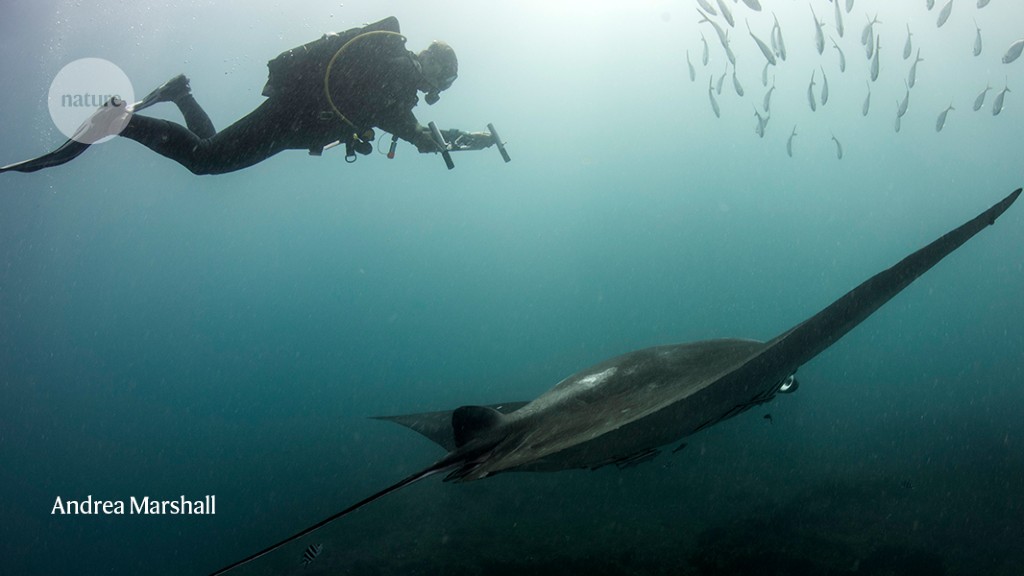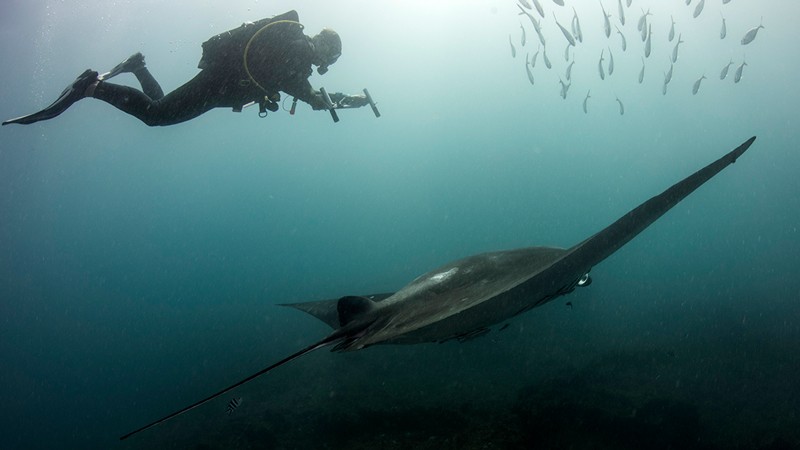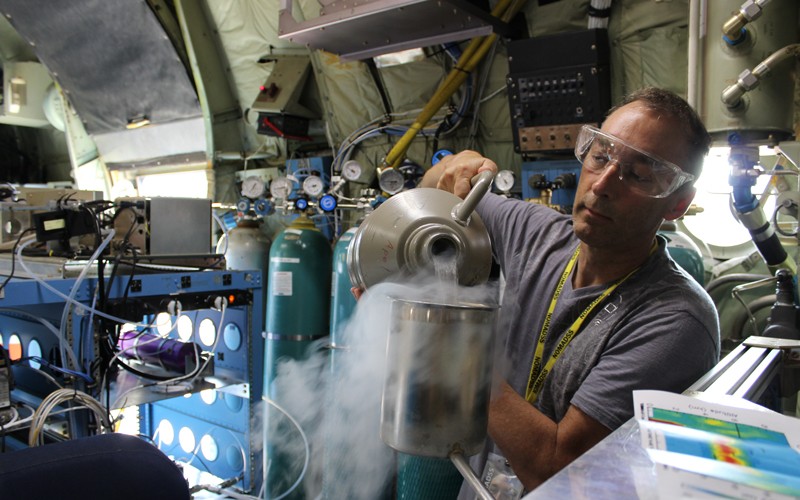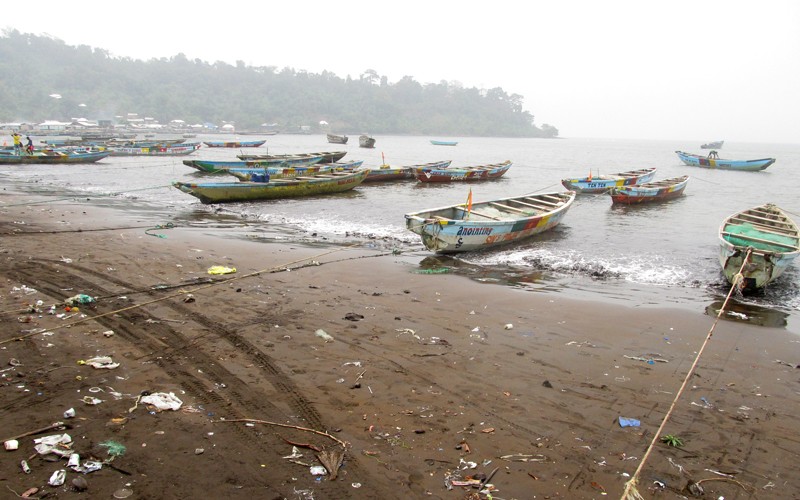Soon after COVID-19 lockdowns began in March 2020, physicians in certain nations noticed something unexpected: the number of premature births seemed to plummet. Preliminary research in one region of Ireland documented a 73% decrease in very-low-birth-weight babies1. And scientists in Denmark measured a roughly 90% country-wide drop in extremely premature births compared with the previous five years2. In Nepal, however, researchers reported3 that the risk of preterm birth — before 37 weeks of gestation — jumped by 30% during lockdown, a pandemic trend that scientists expect to find in other economically disadvantaged nations. In some countries, reports of increased numbers of stillbirths further complicated the picture4.
Amid this confusion, scientists saw an opportunity. “If it is real and we’re seeing differences, can we use that as a natural experiment?” says Sarah Stock, who studies maternal and fetal medicine at the University of Edinburgh, UK. Researchers still don’t understand exactly what triggers preterm birth — the leading cause of infant mortality globally — or how to prevent it. But by upending daily life in disparate ways around the world, the pandemic is offering scientists a chance to try to tease apart the role of suspected factors such as air pollution, hygiene, access to maternity care and stress.
In wealthier nations, for instance, pregnant people might have enjoyed cleaner air and developed fewer infections while sequestered at home than they would while commuting, for example. In parts of Africa, however, stay-at-home orders might have increased exposure to smoke from cooking fires and amplified economic anxieties, says Kofi Amegah, an epidemiologist at the University of Cape Coast in Ghana. “Basically, we are locked down, we are home, we don’t have money to feed the family, and it equals to add up to stress,” he says.
Amegah, Stock and more than 150 other researchers from around the world are now analysing these differences as part of the International Perinatal Outcomes in the Pandemic (iPOP) study. The goal is to “leverage the most disruptive and widespread ‘natural experiment’ of our lifetime to make rapid discoveries about preterm birth”, the team wrote in a paper describing the study’s protocol5.
The effort is one of many aimed at finding a small but significant silver lining to the pandemic by using it to further scientific understanding and improve human life. By assembling and mining large data sets, asking creative questions and using careful statistical approaches to assess cause and effect, researchers can use the havoc wrought by the coronavirus to tackle a wide range of scientific questions (see ‘Seize the moment’). “We can’t underplay the horror of the pandemic,” Stock says. “But I think we’ve got to learn as much as we can from this.”
The sky is the limit
Researchers have long relied on natural experiments to probe subjects that would be difficult — or unethical — to investigate through conventional methods such as randomized controlled trials. For example, they have studied the lifelong effects of stress in early life by tracking the progress of young children who experienced weather disasters6.
Scientists have also learnt from political upheavals, such as the collapse of the Soviet Union in 1991. Researchers found7 that in Russia, increased alcohol consumption probably contributed to a significant drop in life expectancy between 1984 and 1994. In Cuba, which had close ties to the Soviet Union, the fall triggered a period of food and fuel shortages that led to nationwide weight loss — and to reduced rates of diabetes and diabetes-related deaths8.
Now, COVID-19 has created a similar opportunity, says Blake Thomson, a principal scientist for cancer-disparity research at the American Cancer Society in Atlanta, Georgia, who wrote a 2020 article in the cardiovascular disease journal Circulation about learning from the pandemic9. Many people skipped cancer screenings during the pandemic out of fear of catching the virus, which has deeply concerned physicians. But it also presents an opportunity “to look for areas in which, actually, we are over-diagnosing or over-treating certain people or certain conditions”, Thomson says. (Doctors cannot ask some patients to forgo routine screening to serve as a control group in clinical trials.)
Industrial shutdowns also provided a rare real-world chemistry experiment for atmospheric scientists such as Guy Brasseur at the Max Planck Institute for Meteorology in Hamburg, Germany. “We’re always saying, to clean up the air, we need to shut down the emission sources,” he says. “Well, we’re doing that.” So Brasseur and his colleagues tracked changes in air pollutants around the world and compared them with a widely used computer model. The results agreed “reasonably well”, the team wrote in a study this year, validating their current understanding of atmospheric chemistry and highlighting areas for further research10.
Other researchers are using the pandemic to study the effects of increased screen time on physical activity in children11, of decreased tourism on beach ecosystems12 and of reduced exposure to colds and allergens on children with asthma13,14. And that’s just the tip of the iceberg, Thomson says. “The sky is really the limit — it’s a matter of creativity.”
Go big on data
Some studies, such as Brasseur’s, extract knowledge by focusing on the peak of disruption. Others will unfold slowly as scientists track the long-term effects of the pandemic on people with cancer, for instance, or on children who experienced remote learning. “There’s clearly research to be done right now and in the coming months and years,” Thomson says. “For decades, we’ll be wanting to revisit this.”
Either way, scientists need to find or collect data that capture the perturbations caused by the virus and related lockdown measures. Already, researchers have capitalized on mobility reports from Apple and Google to study changes in human activity during lockdowns. Scientists can also dig through data from such sources as social media, satellite observations, wearable sensors and sales trends, Thomson says. He encourages researchers to collect as many extra data as possible while the pandemic continues to enable more future research.
For health studies, Thomson recommends databases such as the UK-based Biobank, which contains genetic and health information for half a million people, and the All of Us research programme, run by the US National Institutes of Health, which launched in 2018 and includes a wide diversity of participants. The iPOP study has partnered with the International COVID-19 Data Alliance (ICODA), a new initiative funded by groups such as the Bill and Melinda Gates Foundation and the biomedical research funder Wellcome, and operated by Health Data Research UK. ICODA compiles health data from around the world to support research on COVID-19 and other public-health issues.
Amegah and his colleagues are currently digitizing birth records from hospitals around Ghana to contribute to the database. He says that the project is an example of how researchers in low- and middle-income countries, who often face funding constraints, can turn the natural experiment of the pandemic to good use, because it is relatively inexpensive to round up and analyse existing data. “That is a golden opportunity that we cannot miss,” he says.
In addition to participating in iPOP, Amegah plans to track the effects of increased hand washing on childhood mortality in Ghana. In a September 2020 comment article in the medical journal The Lancet Global Health, he hypothesized that better hygiene during the pandemic is likely to have reduced cases of common diarrhoeal diseases, which can be fatal if untreated15. He says he will look for clues in the next round of data from the Demographic and Health Surveys Program, which focuses on low- and middle-income countries and is funded by the US Agency for International Development.
Not all researchers have had success finding the data they need, so some have launched projects to fill the gaps. When Chile entered partial lockdown in March 2020, Eduardo Silva-Rodríguez scrambled to set up wildlife cameras in several major cities to investigate reports of urban carnivore sightings. He is a conservation biologist at the Austral University of Chile in Valdivia and, like many researchers, was curious about how wildlife would respond to the unprecedented lull in human activity that some have dubbed the Anthropause.
Silva-Rodríguez and his colleagues managed to get camera traps installed in Valdivia and Concepción. They documented several animals rarely seen in urban areas, including a small wildcat called a güiña (Leopardus guigna) and the endangered southern river otter (Lontra provocax)16. But because the researchers weren’t studying cities before the pandemic, they don’t know whether the animals’ behaviour changed. So they will continue the study as lockdowns ease to see what happens. “It’s not optimal,” Silva-Rodríguez admits. “We had two options: doing nothing or doing what we could.”
Silva-Rodríguez has contributed his team’s results to the COVID Cameratrap Comparison Collaboration, which was first announced in a September 2020 tweet from Roland Kays, a zoologist at North Carolina State University in Raleigh. Many researchers are joining these kinds of international partnerships in the hope that similar studies conducted in different locations can offer a form of replication. But they caution that scientists must always consider the circumstances surrounding each individual project. “People have to know that the pandemic has not affected places in the world in the same way,” says Lionel Yamb, a marine ecologist at Cameroon’s Institute of Agricultural Research for Development in Yaoundé.
Yamb is one of dozens of scientists participating in Our Ocean in COVID-19, an effort to understand human–ocean interactions during the pandemic using eOceans, a new platform and app that allows researchers and citizen scientists to collect, share and analyse ocean data. Christine Ward-Paige, a marine scientist based in Dartmouth, Canada, was already building the app when the pandemic hit and decided to release it early. “Maybe it could be used to study the impacts of COVID,” she thought.
Yamb isn’t sure yet how the pandemic has affected the sharks he studies in Cameroon. When the crisis struck last year, the government closed many fish markets, effectively grounding fishing boats. Fishers sometimes catch sharks by accident, so Yamb thinks that shark populations might have benefited from the break. If true, such an observation would support proposals to establish seasonal no-catch zones at times when sharks reproduce. Either way, he says, researchers seeking to learn from the pandemic will need to consider how these dynamics vary in every location. “We have to think about a specific protocol that will be carried out in each country,” Yamb says.
Pitfalls and perseverance
Natural experiments require clever approaches to analysing data, such as comparing what happened before and after lockdowns using methods that could include interrupted time series, or between a population that was subject to lockdown and another that was not, which can serve as a control. But determining causality can be tricky, warns Paul Ferraro, an economist at Johns Hopkins University in Baltimore, Maryland, who studies causal relationships in complex systems. “When nature disturbs our human or environmental system, it does it in ways that often have multiple paths to the same outcome,” he says.
Ferraro advises researchers who are attempting to exploit natural experiments to develop a comprehensive model, based on mechanisms, that links not only the variables of interest, but also everything else that could affect a given outcome. For instance, if researchers want to study the link between telecommuting and worker satisfaction, they have to account for many other factors that could influence employees’ well-being, such as pandemic-related anxiety and whether other family members are at home, too.
If comparing locked-down versus open locations, researchers must consider why certain countries or regions shut down at different times, which might depend on political leadership, the presence or absence of trades unions campaigning for workers’ jobs or safety, and myriad other factors that could bias the result in question, he says. And every study must somehow account for the effects of COVID-19 itself. Then, Ferraro says, researchers must try to rule out other explanations that could confound their hypothesis. In that sense, the pandemic poses a challenge because it has affected so many aspects of life.
Amanda Bates, a marine ecologist at the University of Victoria in Canada, grappled with this reality last spring. She was sitting at the dinner table when she grabbed one of her daughter’s crayons and a piece of cardboard and started sketching out all the ways that the pandemic might affect biodiversity — and what lessons it might contain for conservation. That spontaneous exercise became the basis for a central figure in an August 2020 paper in which Bates and her co-authors exhorted their colleagues to take advantage of the “unprecedented concurrent confinement of nearly two-thirds of the global population” caused by the coronavirus17.
A follow-up study published in May synthesizes hundreds of reports of pandemic impacts on wildlife and the environment collected over the past year18. The results paint a complex picture: in some cases, species seem to have benefited from human absence, but in others, they suffered as conservation work ground to a halt. For example, an estimated two million seabird chicks perished in 2020 because people could not reach breeding colonies to remove invasive rodents.
Bates and her co-authors wrote that the pandemic has highlighted the dual role of humans as threats to and custodians of nature, and revealed ways to “favourably tilt this delicate balance” to protect biodiversity. And the experiment isn’t over yet.
Many countries are still in the grip of the coronavirus, and others are racing to revive their economies, creating new risks for species and habitats, Bates says. “What I’m hoping is that people will keep jumping aboard,” she says. There’s still plenty of pandemic disruption to document — and even more to learn.










More News
Judge dismisses superconductivity physicist’s lawsuit against university
Future of Humanity Institute shuts: what’s next for ‘deep future’ research?
Star Formation Shut Down by Multiphase Gas Outflow in a Galaxy at a Redshift of 2.45 – Nature